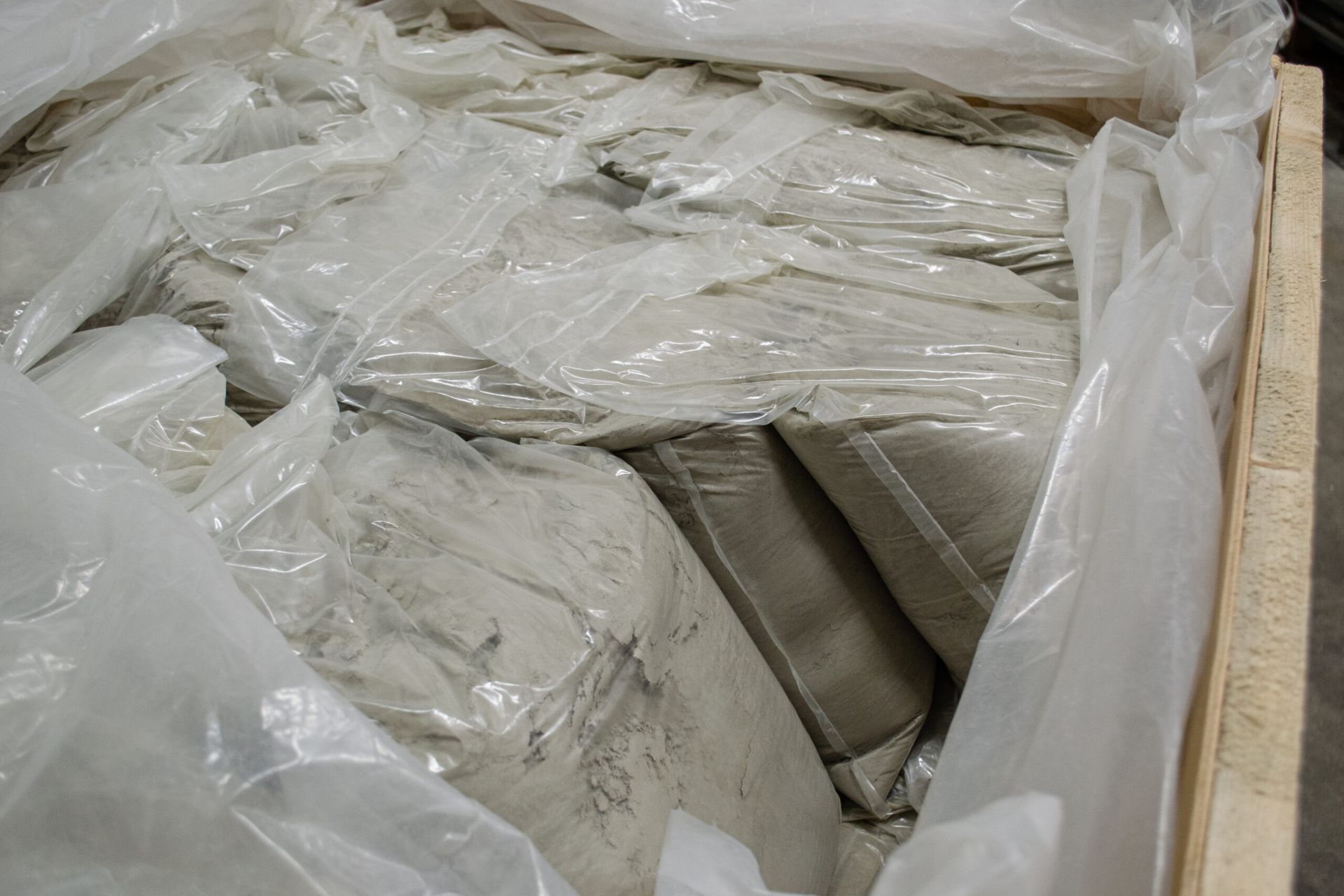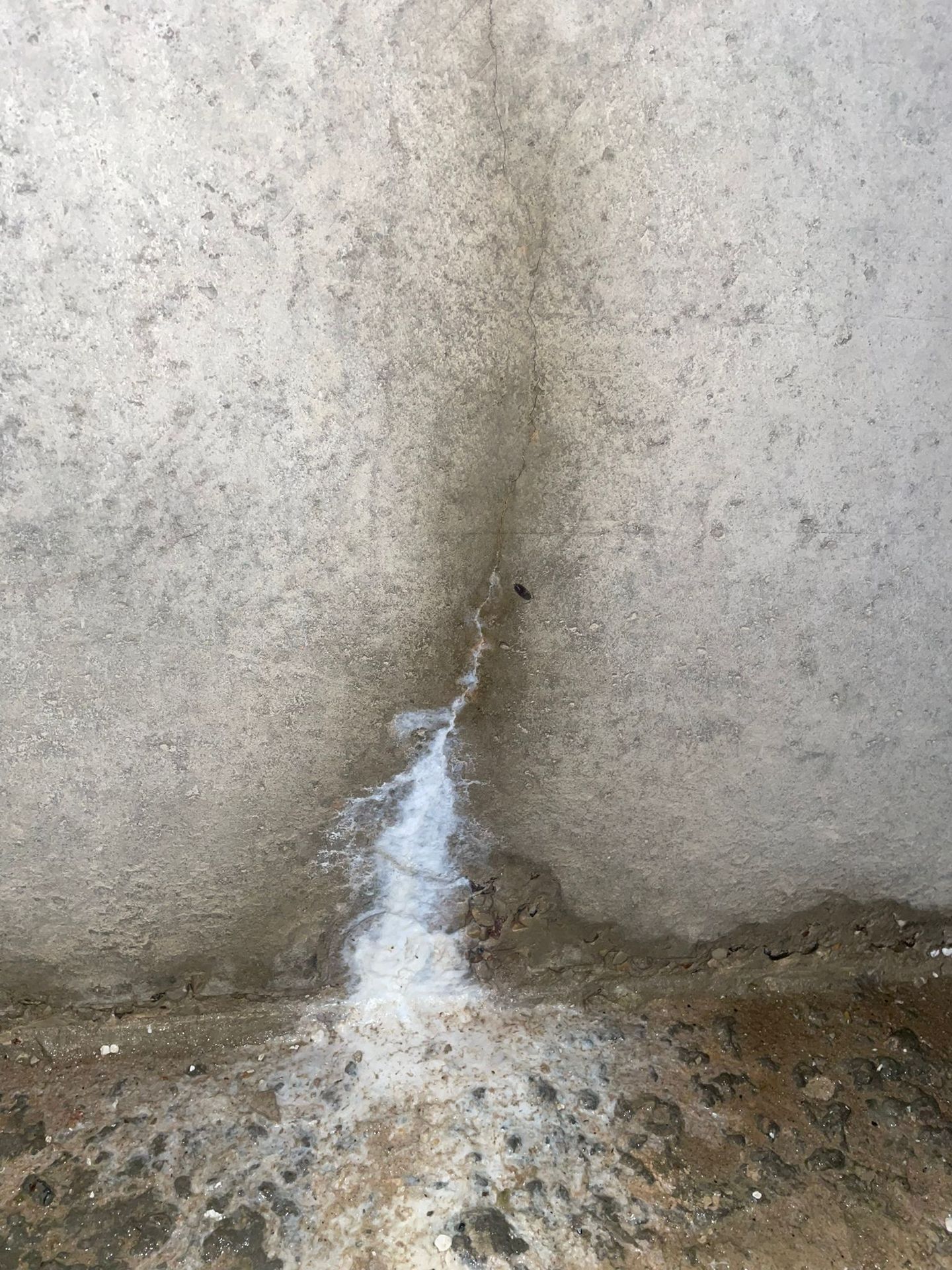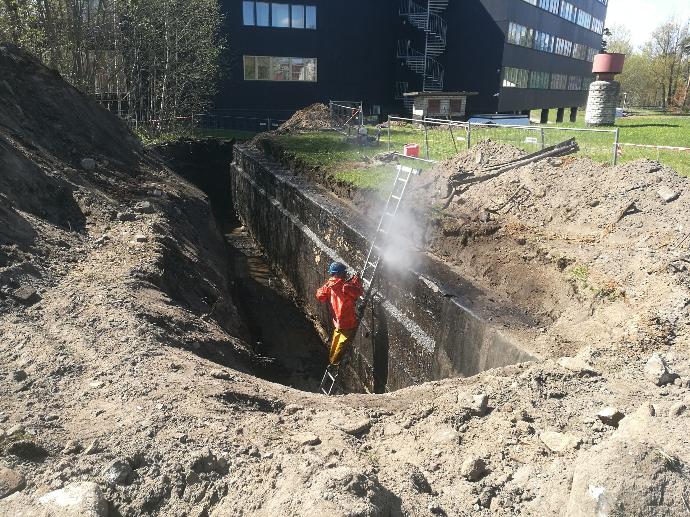5 529 600 kg of waterproofing material is a lot!
And that is only material production and use, but in addition to that, we have reduced also greenhouse gasses made by transportation to distribute these materials to different stores and construction sites.
So how did we do that?
We at Primostar have used 432 000 kg of crystalline waterproofing admixture instead of membrane waterproofing! And when doing a little bit of math, this number gets even crazier - numbers at the end of the article.
The way we got to 5 529 600 kg of materials saved is this:
We use 3kg of crystalline waterproofing admixture to 1m³ of concrete. When dividing 432 000kg by 3, we get 144 000m³ of concrete. When taking the average concrete structure's thickness of 250mm then, we multiply 144 000m³ with 4 because V = a*b*c = 4(0,25x1x1)=1m³, and we get 576 000m². That is 576 000m² of concrete that has not been covered with a waterproofing membrane. Now depending on the membrane used, we get different weight numbers.


When using one of the greenest and optimal 1.5mm self-adhesive and cold-applied membranes
The average weight per 1m² is 1.6kg, and adding 20% of extra material for overlay, we get 1.9kg per 1m². So when multiplying 576 000 by 1.9, we get 1 094 400 kg of materials saved from one of the greenest membrane waterproofing materials in the market.
But most of the market is not using the greenest waterproofing membranes we have and are using bitumen-based SBS instead (torch-on membrane).
The reasons are price, and in the north-winter, it can be applied even in -C° temperatures because of the torch-on application. But in order to meet waterproofing standards, it is necessary to add at least 2 layers and, in some cases, even 3 layers of SBS material. The average SBS membrane weight is about 4kg per 1m². That is 8kg of bitumen membrane per 1m² when applying 2 layers. Now when we take 576 000m² and multiply it by 8kg and add 20% for extra overlay, we get 5 529 600 kg of bitumen waterproofing materials saved by using integral waterproofing (crystalline waterproofing admixture)!

In addition to these numbers, we also need to add primer, which is about 200g per 1m², and other bitumen slurries in order to seal the ends of these membrane materials, which will make the saved amount of materials even bigger!
Now things get even crazier...
We believe that in the future, for concrete structures that have not been built by using hydrophobic concrete (waterproof concrete), it is better to repair the foundation by digging the outside portion out, remove the old waterproofing material, and waterproof it with the same or better membrane again if by that time there is not a better technology or materials for that matter.

Today we re-waterproof 50-100 years old buildings by repairing and strengthening the structure (limestone) and add a new membrane. Taking that into account, we believe that in the future, we will dig out the parking house's basement portion, remove the old membrane and replace it with a new one.
When we take the building's life cycle into account, how much waterproofing material is needed to waterproof buildings below grade portion for 100 years (average lifespan of a building)?
When talking about 1.5mm membranes, we need to multiply 1 094 400 by 2 because the average 1.5mm self-adhesive and cold-applied membranes are projected to last about 50 years. So that is 2 188 800 kg of materials saved.
SBS materials (torch-on membrane) are projected to last about 25 years. That means, in order to waterproof buildings below-grade portion with SBS bitumen membrane for 100 years, we need to renew that 4x. So that is 5 529 600 x 4 and we get 22 118 400 kg of membrane materials! Plus, other materials and resources used in order to dig up the soil to be able to remove old materials and install new ones.
How much waterproofing material is saved over 100 years?
Let's look at the numbers again... how much materials have we saved by using integral waterproofing (waterproof concrete):
- from 1.5mm self-adhesive and cold-applied membranes:
1 094 400 kg, and when considering the building's lifespan to be 100 years, we get 2 188 800 kg - from torch-on membranes
5 529 600 kg, and when considering the building's lifespan to be 100 years, we get 22 118 400 kg
So the conclusion is...
In structures where it is possible to use optimal integral waterproofing (car parking houses, water tanks, etc...), there is a big impact on our environment! It is not justified to just say that we have done this for decades; why should we change something that has proven to work? The answer lies in the number! And the real question is: what kind of future do we want? Everything starts with little decisions and things that we do today!
And as the saying goes... best time to plant a tree was 30 years ago, and the second best time to plant a tree is now!
Now if you are interested to see how we have used the 432 000 kg of crystalline waterproofing admixture in our integral waterproofing solution, then here is an extensive description of what we use and how we use it - Primostar's Integral Waterproofing Solution
Here you can see the references where we have used the 432 000 kg of crystalline waterproofing admixture - Primostar's Integral Waterproofing Solution References


